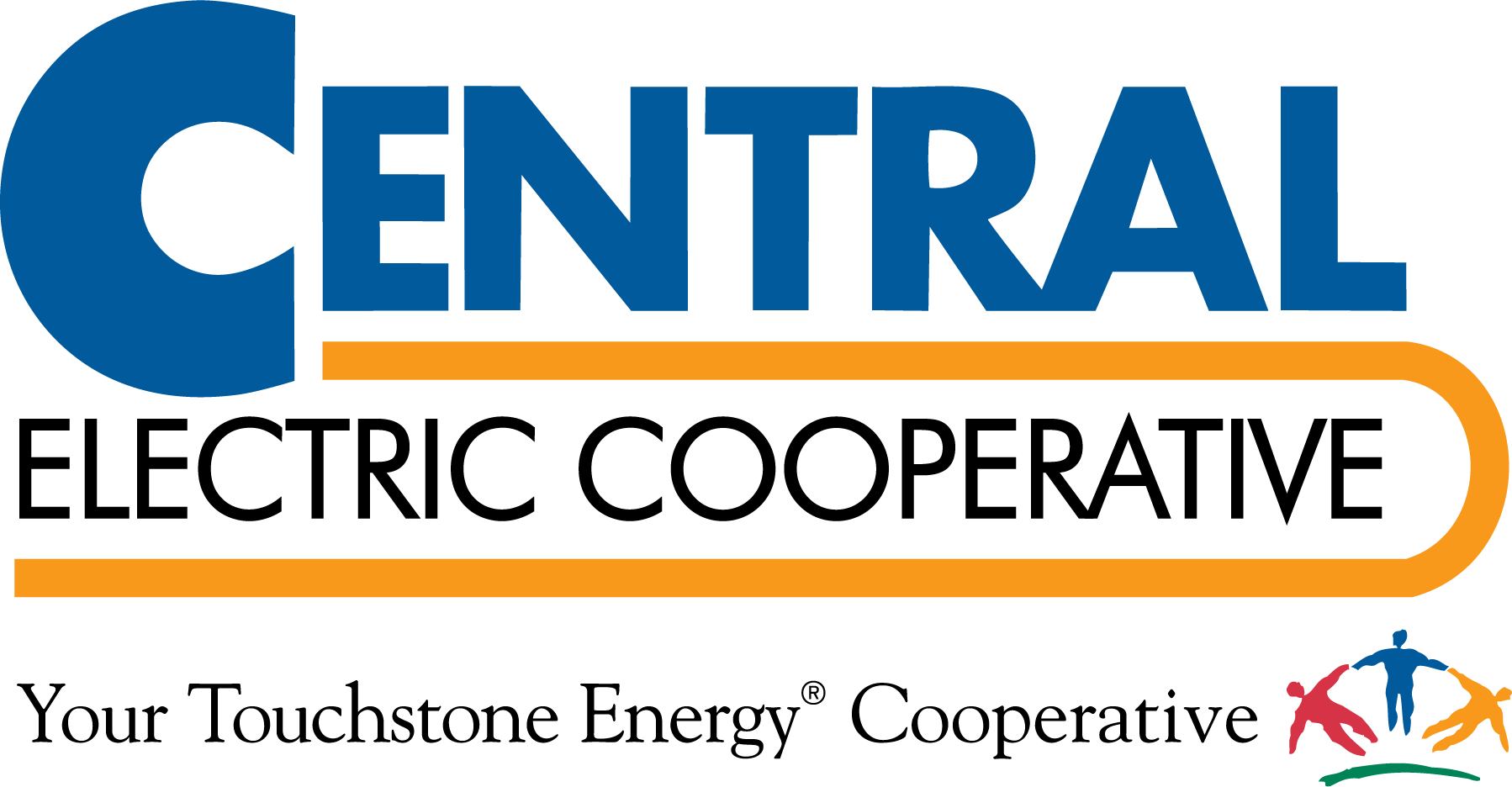
As I write this article, we are busy digging out from the 20-plus inches of snow that greeted us in the new year. The recent snowstorm followed a Christmas weather event that included several days of subzero temperatures. The past 30 days have been challenging for your cooperative, but that seems minimal compared to the challenges the weather presented to area livestock producers and snowplow operators.
This month, we are wrapping up 2022 financial statements and gaining knowledge of how the fiscal year ended. If you read my column last month, you know that if rates remained the same, Central Electric would face a financial shortfall of $434,000 in 2023. You also understand there are several contributing factors to the projected shortfall. As a result, your cooperative is adjusting electric rates to increase revenue by a modest 1 percent. In this column, I will tell you the rest of the story.
I will start by pointing out that the cooperative business model has several advantages. Each member holds equal power, each member has a voice and the cooperative operates as a not-for-profit entity. For this conversation, I will focus on our not-for-profit business structure.
Your power supply consists of three electric cooperatives, each with a defined role in generating and delivering electric power, each with a member-elected board of directors and each owned and governed by you, the member. The three cooperatives I am referencing are Central Electric, East River Electric and Basin Electric.
As a member-owner of this electric cooperative family, you and thousands of others share the risk and reward for their performance. All three cooperatives anticipate revenues above budget for 2022.
The cooperative business model allows Basin Electric and East River Electric to return excess revenues to Central Electric and other members. It also allows Central Electric to defer unexpected revenue into future years.
The East River Electric and Basin Electric boards of directors both recently authorized a return of funds to Central Electric. We received the funds, as reflected in the cooperative’s operating margins shown on page 3 of this newsletter.
Central Electric intends to use the excess operating margins as part of a deferred revenue plan to offset future expenses and minimize future rate adjustments. Before proceeding with that plan, we must gain approval from our auditors and the Rural Utility Service. Our goal is to maximize the value of these unexpected revenues for our members over the next several years.
Because our partner cooperatives returned excess revenue, only a slight adjustment in electric rates was required for 2023. Statements received in February for energy consumed in January will reflect the new rates. Adjustments include a $2 increase in the facility charge on all accounts, a new $2 charge on electric heat submeters and an increase of $.003 on residential/farm kilowatt hours over 1,200. The table on page 15 shows the estimated statement difference for residential/farm accounts. The board also approved minor adjustments in other rate categories.
Central Electric strives to provide safe and reliable electric service for the benefit of the community while maintaining financial integrity. Our entire cooperative family strives to provide value to you, our member-owners. Your cooperative’s power suppliers will continue to control costs and minimize adjustments to future electric rates.
Until next month, stay safe!
